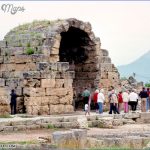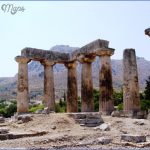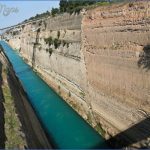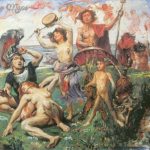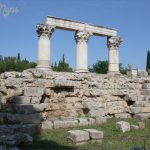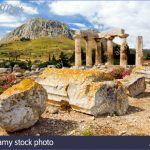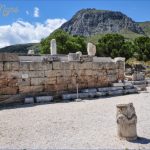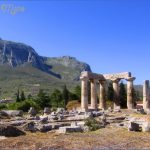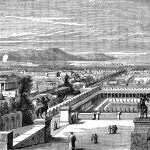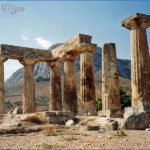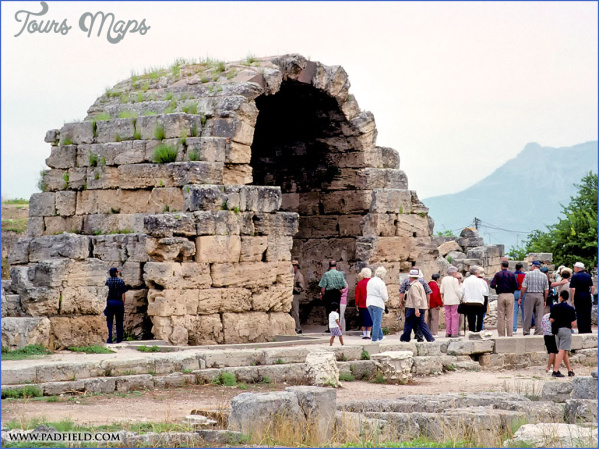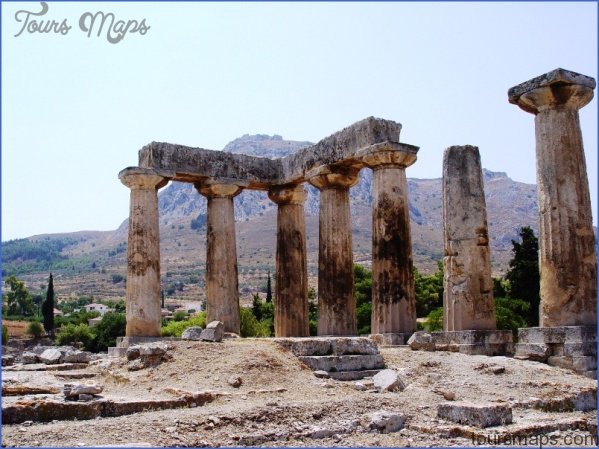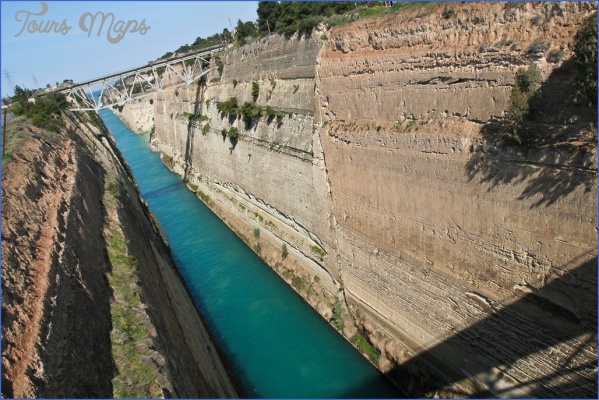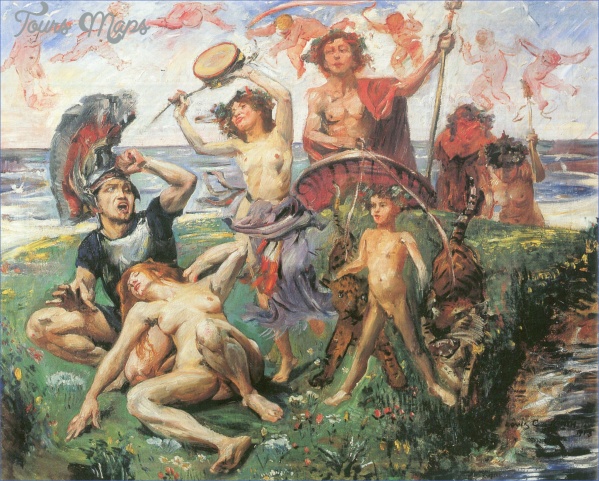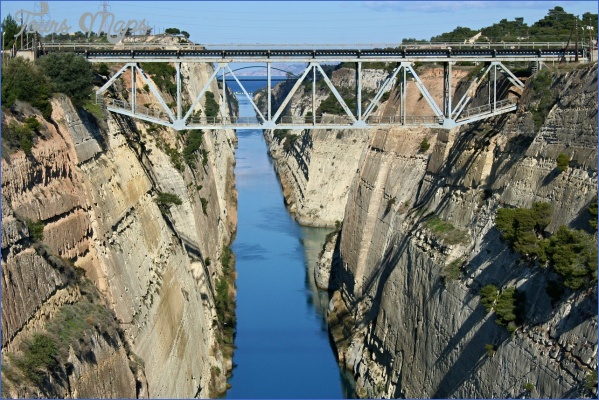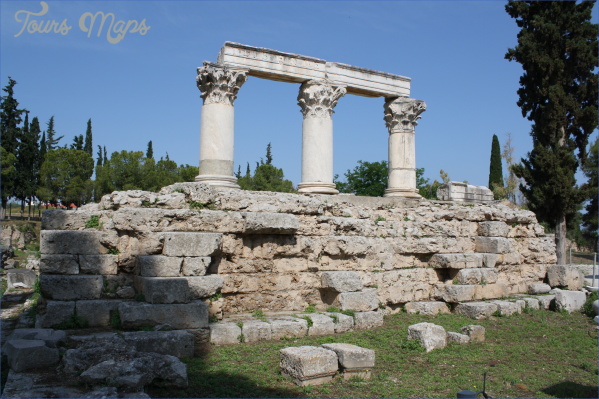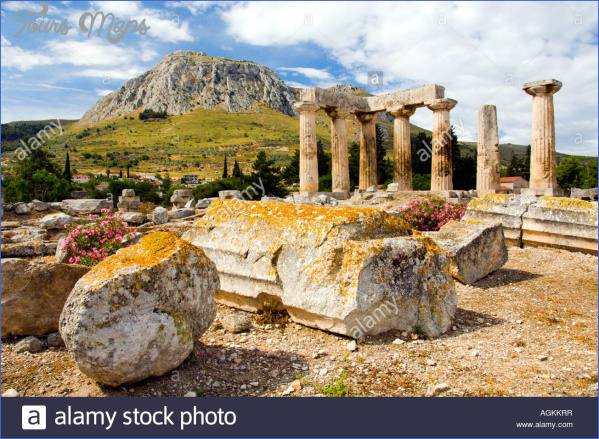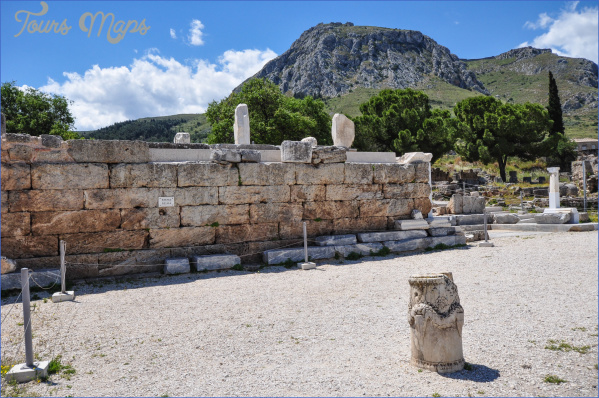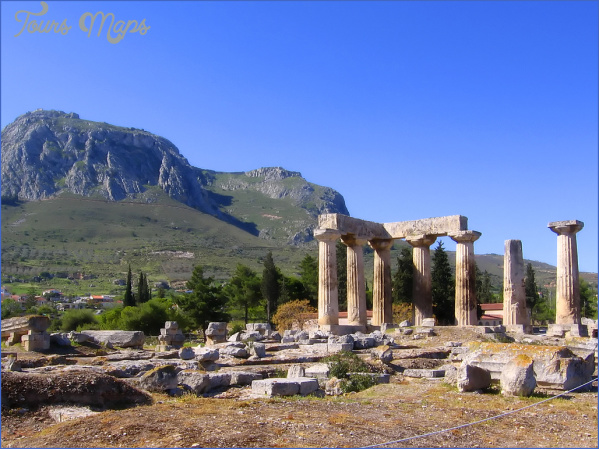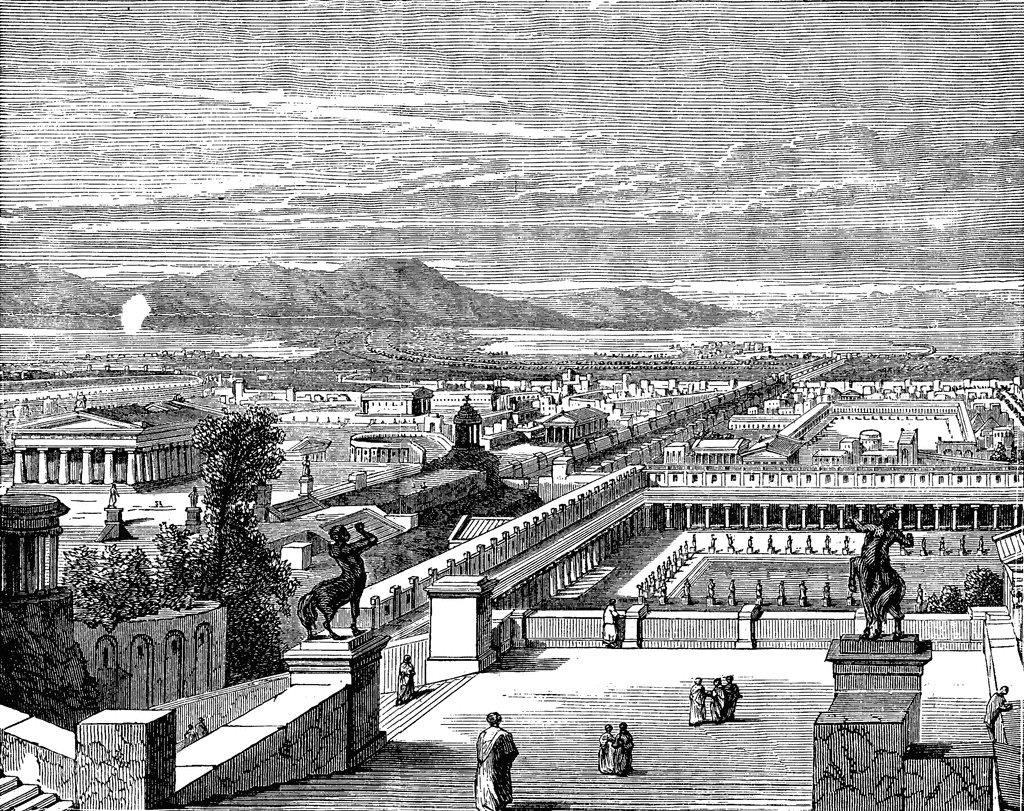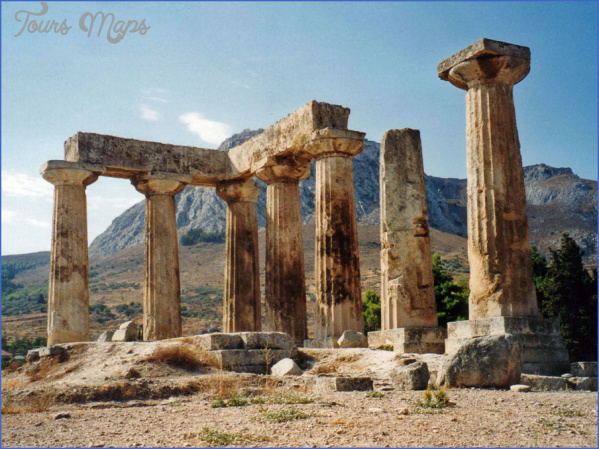Thanks to its position, Corinth was one of the richest cities in mainland Greece. Sited just south of the Isthmus, it possessed two ports – one providing access to the Gulf of Corinth and the west; the other giving access to the east. By the eighth century bc Corinth began confidently founding overseas colonies, which included Corcyra on Corfu and Syracuse in Sicily. In the mid-seventh century bc the far-sighted tyrannos Cypselus further expanded Corinth’s trading base. During his reign and that of his son, Periander, work began on the Temple of Apollo and Fountain of Peirene, as well as the Diolcus, a paved trackway used to haul ships across the Isthmus. At the same time, Corinth perfected the design of a new warship: the trireme.
Corinth in History & Today Photo Gallery
The arts flourished in Corinth – ‘proto-Corinthian’ pottery was among the most sophisticated of its time, and artistic schools at Corinth and nearby Sicyon were arguably the most pioneering in Greece. During Periander’s reign the court poet Arion is said to have enjoyed a miraculous escape when returning to Corinth from South Italy. Intending to steal his belongings, the crew threw him overboard, but a dolphin rescued him and brought him safe to shore. In Corinth the would-be killers, identified by Arion, were executed.
In the fifth century bc, Corinth’s economic rivalry with Athens was partly responsible for the Peloponnesian War (431-404 bc). Even Syracuse, Corinth’s colony, became involved in the conflict
when Athens launched an unsuccessful campaign against Sicily in 415 bc. In 395 bc, less than ten years after the war ended, Corinth allied with Athens against Sparta, but civil strife and quarrels among allies, together with an inconclusive outcome, weakened Corinth, and only when it came under Macedonian influence did its star wax again. Then in 146 bc, when Rome’s general Lucius Mummius defeated the Achaean League, which resisted Roman interference in Greece, he took brutal revenge on its leader, Corinth. Comprehensively plundering its artworks and destroying much of the city, he massacred many citizens and enslaved the rest.
For a century Corinth was abandoned, until in 46 BC Julius Caesar chose it as the site of a new colony for army veterans. Again Corinth flourished, quickly regaining its reputation for luxury and fine living. In the fifth and fourth centuries BC, the city had been famous for its courtesans; now Strabo marvelled at the wealth of Acrocorinth’s Temple of Aphrodite, home to a thousand sacred prostitutes, dedicated by rich men (and women). It was no coincidence that it was to the Christians of Corinth that the apostle Paul (who lived there for eighteen months around AD 51) wrote a letter exploring the meaning of true love:
Love is patient and kind; love does not envy or boast; it is not arrogant or rude. It does not insist on its own way; it is not irritable or resentful; it does not rejoice at wrongdoing, but rejoices with the truth. Love bears all things, believes all things, hopes all things, endures all things.
Roman emperors including Nero and Hadrian patronized and embellished Corinth, but from the midfourth century ad earthquakes (and perhaps looting by Alaric the Goth) led to its decline. Afer a brief renaissance at the turn of the first millennium, it was sacked by crusaders in 1147. The site remained inhabited, but in 1858 further earthquake damage led to the decision to relocate Corinth to the coast. For this reason, the site of ancient Corinth is less frenetic than that of (say) ancient Athens. Although many Classical buildings lie inaccessible beneath modern houses, enough remains to give a real flavour of the once bustling city.
Corinth
From the site entrance a track leads past the foundations of the first-century AD Temple of Octavia towards the impressive agora, dominated to the north by the sixth-century BC Temple of Apollo, with seven standing Doric columns, partly surmounted by entablature. Close by is Glauce’s Fountain. At the far side of the agora is the tranquil Fountain of Peirene (no access), built in its current form by Herodes Atticus (second century AD). Close to the entrance but outside the enclosure is the well-preserved Odeon (no access). Across the road a track leads to the scant remains of the Theatre.
A road leads steeply up to Acrocorinth with its impressive Frankish Walls. Here are the remains of the Upper Fountain of Peirene and the Temple of Aphrodite. Little of its former glory survives, but the views north towards central Greece and south to the Peloponnese are spectacular.
Also in the environs of Corinth are the remains of Sicyon and Isthmia (site of the Isthmian Games) with its, theatre, Temple of Poseidon and poorly preserved stadium.
Further afield, travellers in Turkey can visit Chimaera, an inextinguishable fire fed by subterranean gases on the coast 80 km (50 miles) southwest of Antalya. Near Fethiye at Tlos (where the hero is said to have died) is a tomb bearing a sculpture of Bellerophon and Pegasus.
Maybe You Like Them Too
- Theseus & Peirithous
- The Voyage of the Argo Begins
- Minos, his Loves & his Family
- The Centaurs
- Athens in History & Today

